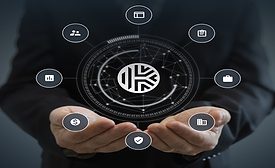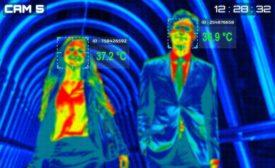Security Leadership and Management
Thermal Cameras to Fight Coronavirus in the Workplace?
What are some practical tips for using thermal cameras to detect COVID-19?
August 12, 2020
How CISOs Can Effectively Measure and Report Security Operations Maturity
It's not the number of moving pieces in your security program that matter; it's how those pieces are making your organization more resilient that truly counts. How do you achieve that goal?
August 10, 2020
Sign-up to receive top management & result-driven techniques in the industry.
Join over 20,000+ industry leaders who receive our premium content.
SIGN UP TODAY!Copyright ©2024. All Rights Reserved BNP Media.
Design, CMS, Hosting & Web Development :: ePublishing















